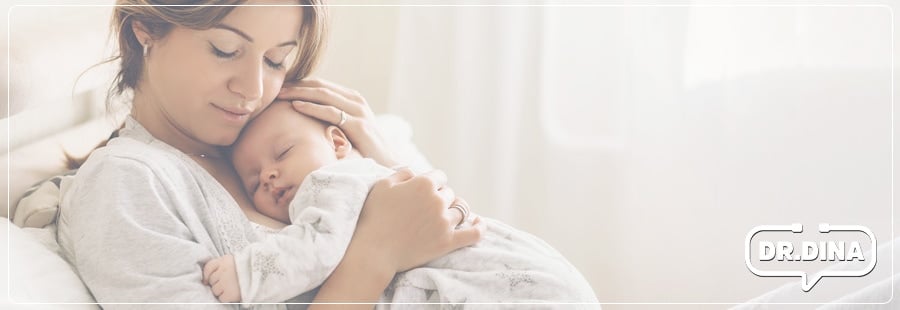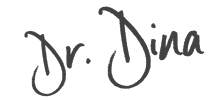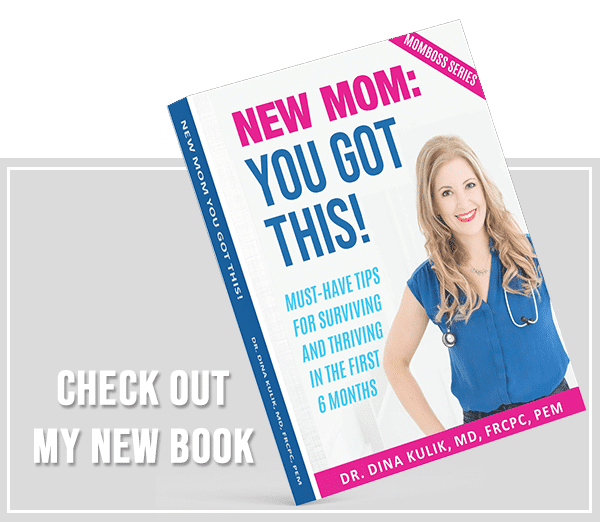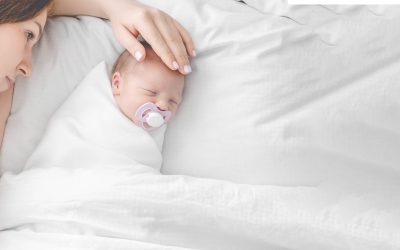How To Prevent Nipple Soreness
Maybe people who breast or chest feed experience sore nipples, pain, or cracked nipples. This is very common.
During pregnancy, the breasts tend to be extra tender and sensitive even after giving birth. When breastfeeding, the continuous sucking leads to nipple soreness, pain, or even cracking, which is very painful. Let’s review ways to soothe sore nipples when breastfeeding.

Proper Breast and Nipple Hygiene
As a nursing parent, ensuring proper hygiene is essential in preventing sore or cracked nipples. When cleaning your chest, always ensure that your soap is gentle as the area around your nipple is tender and sensitive, thus susceptible to irritation that may lead to soreness or breast pain.
Using warm water instead of cold water helps remove dirt and limits the cause of breast infection. However, at the same time, hot water will irritate the breast tissue leading to pain and soreness during breastfeeding.
Cracking of nipples during breastfeeding and chestfeeding often occurs due to dryness of the nipple or the skin around the nipple leading to soreness, pain, and in some cases bleeding nipples.
To prevent cracked nipples from breastfeeding, with the consult of your doctor, you can opt for gentle, chemical-free moisturizing ointments or creams that would help keep your skin and nipples soft. Lastly, always ensure that your breastfeeding bras are properly cleaned and dried.
Choose Comfortable Breastfeeding Positions
Ensuring you and your child are in a good position when breastfeeding is essential. To attain this, you can use a pillow or a footrest to help raise the baby to your breast level to prevent muscle pain and discomfort when holding the baby.
Similarly, you can alternate your position to avoid direct pressure on one area or one nipple during breastfeeding to ease tender nipples, breast engorgement, and soreness.
Ensure Your Child Latches onto the Breast Properly
The most common reason for nipple soreness when breastfeeding or chestfeeding is a poor latch. If you have breast or nipple pain, please discuss it with your health care provider, and consider working with an International Board Certified Lactation Consultant to ensure the best pain-free latch possible.
A Correct Latch
-is where your entire nipple and a large part of your areola are into your baby’s mouth to prevent nipple pain when breastfeeding. This technique places your child’s mouth off-center on your breast.
The baby will have more of your areola in his mouth near his chin and less of your areola in his mouth near his nose. The latch should be asymmetric, where more of one side of the areola is in the baby’s mouth and not like a bullseye.
A good latch allows your child to comfortably press your milk ducts and suck enough milk without causing you much pain or soreness.
Similarly, you can opt to soften your breasts before latching your baby’s mouth.
-Relieving pressure on engorged breasts before breastfeeding helps reduce nipple pain as the baby can latch on properly. If the baby does not latch on correctly, break the suction and do a proper latch to prevent sore breasts.
Be Gentle When Removing the Baby from Your Breasts to Prevent Nipple Pain
Once you are done breastfeeding your child, before removing your child, ensure that your baby is no longer latching on your nipple, as pulling them away while latching can cause significant harm to your breasts.
Gentle Use of a Pump for Breast Milk
Aggressive use of breast pumps when extracting milk can cause nipple soreness when breastfeeding and pain.
Caution should be taken when exerting suction pressure as high pressure and can cause nipple soreness.
Similarly, the pumping speed should be moderate as well. A breast pump bra can help ensure the pump for breast milk appropriately fits your body to limit nipple damage.
Bottom Line
As a mother, breastfeeding your child is very important. However, nipple pain from breastfeeding, soreness, or cracked nipples from breastfeeding can make this process uncomfortable and painful.
Therefore, it is essential that you take extra caution with preventive measures to minimize your risk of nipple pain and soreness during breastfeeding.
FAQ – Frequently Asked Questions
How do I avoid cracked nipples from breastfeeding?
-Ensure your baby is latched on well. Working with an International Board Certified Lactation Consultant to ensure baby and you have the best positions and strategies to minimize nipple pain from breastfeeding and chestfeeding.
Can I get sore nipples from breastfeeding due to how I remove baby from the breast?
-Absolutely. You want to remove the baby from the breast in a way that avoids the baby pulling off your nipple to prevent pain and cracked nipples from breastfeeding.
How will a breast pump bra help when I use a pump for breast milk?
-Using a breast pump bra can help keep you pumping hands-free and minimize the burden of pumping breast milk. It can also ensure that the phalanges from the pump are sitting correctly on your body, making it less likely to cause chaffing and nipple damage.
What is best to treat sore nipples?
Soothe sore nipples after feeding by applying lanolin or even some of your own breast milk. If there is a break in the skin, hydrogel pads provide immediate cooling relief and aid in tissue healing.















